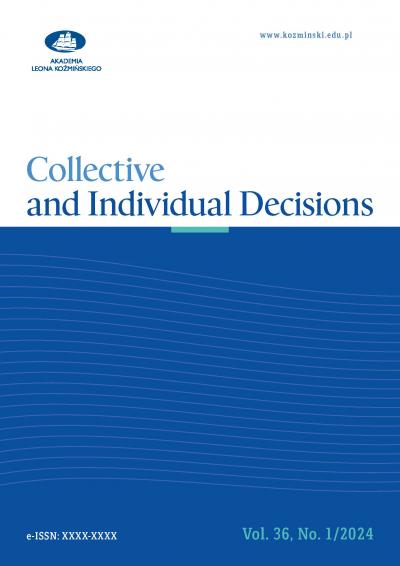Struktura cząstkowej jednolitości graczy a ich znaczenie w zgromadzeniu hybrydowe indeksy siły
Marek Bożykowski
Uniwersytet Warszawski
Mikołaj Jasiński
Uniwersytet Warszawski
6/2014 (21) Decyzje
DOI 10.7206/DEC.1733-0092.20








